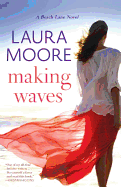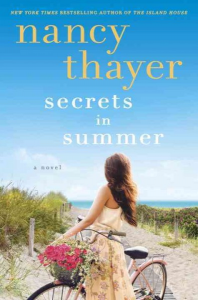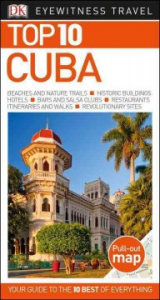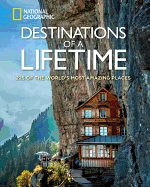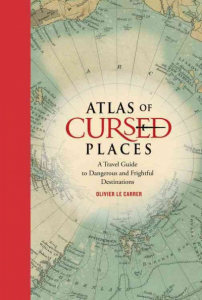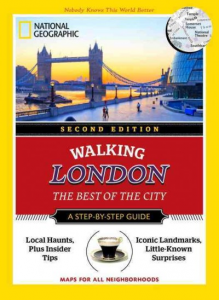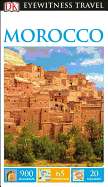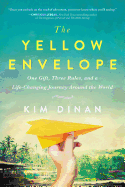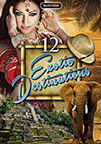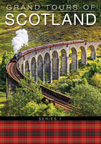Looking for reading suggestions? Here’s another round of wonderful reviews from participants in the Adult Summer Challenge:
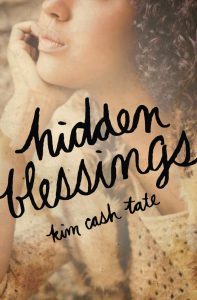 Nicole J. (Edmondson Avenue Branch) on Hidden Blessings by Kim Cash Tate: This book was excellent. It showed her journey through breast cancer and also told a story of true love.
Nicole J. (Edmondson Avenue Branch) on Hidden Blessings by Kim Cash Tate: This book was excellent. It showed her journey through breast cancer and also told a story of true love.
Cecelia A. (Forest Park Branch) on Black Man, White House: An Oral History of the Obama Years by D. L. Hughley with Michael Malice: I loved this book. It provided an “inside” (tongue-in-cheek) view of the major players and their “reactions” (also tongue-in-cheek) to some of the more momentous events in the White House. Not only did I laugh (and who couldn’t use a good laugh now), but I learned a few things about politics/politicians and was reminded of events that I had forgotten. If you’re a news junkie, like me, you will enjoy this book and if you’re not you may be when you finish it.
Whitney J. (Hamilton Branch) on Conclave by Robert Harris: While I’m not a Catholic, I’ve often been intrigued by the process of selecting a new pope. There are so many books and movies about this topic. Conclave deals with it beautifully. Truly engrossing.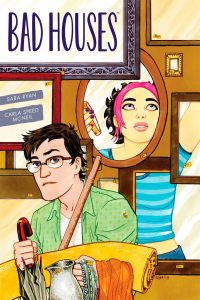
Krista L. (Light Street Branch) on Bad Houses by Sara Ryan: It’s an amazing graphic novel about letting go…. I related so much of this to my life and the things that I’m dealing with now.
Shana B. (Roland Park Branch) on The Mime Order by Samantha Shannon: Second book in a series of seven and very good! The master plot is starting to shape up and the characters are so interesting!
Anthony B. (Waverly Branch) on Americanah by Chimamandah Ngozi Adichie: A reflective book about the immigrant experience: how experiencing two cultures at a young age can lead you to view the world in a more critical perspective. You begin to understand that no culture is perfect and that socialization can, with time, claim all people, including yourself, as a victim. It is a coming of age, romance, critical, sociological, political, and historical reading. A beautiful and must-read novel that exposes the power of fiction to create empathy across all boundaries and to build bridges over walls.
For a chance to win fabulous prizes, submit an entry to the Adult Summer Challenge here.
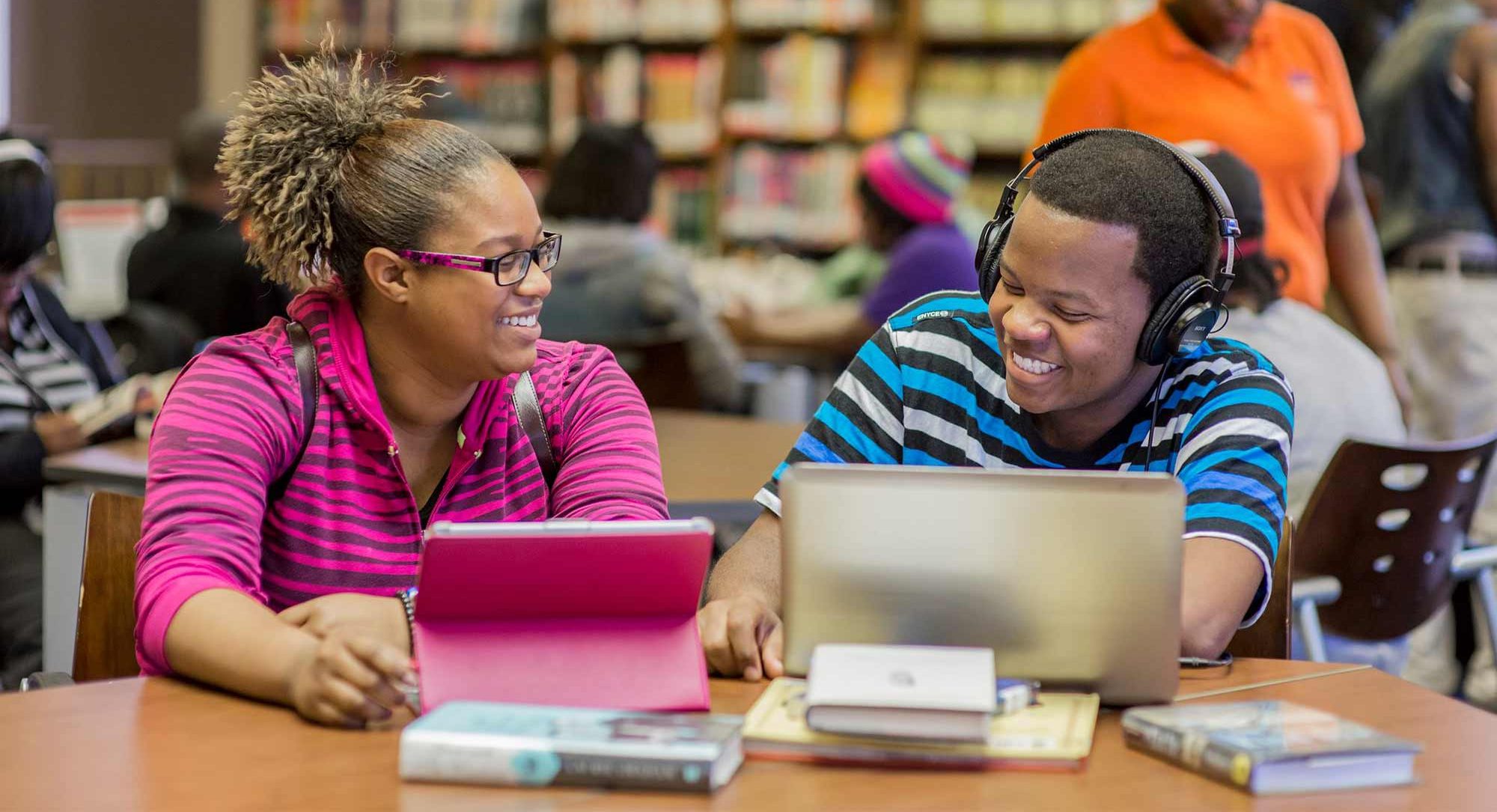
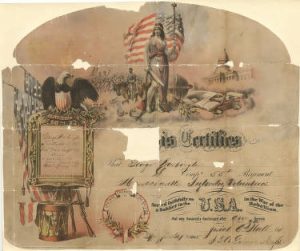
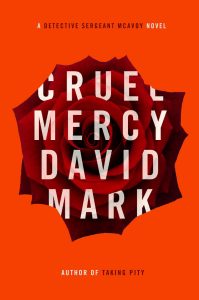 Helen B. (Central Library) on
Helen B. (Central Library) on 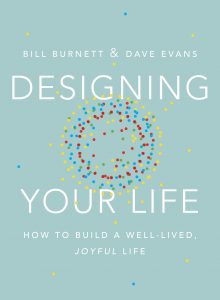 very funny. Most of the humor is in the first half of the book where they say things that cause light bulb moments, such as, why are we so hard on ourselves if we don’t know what we want to do with the rest of our lives in our teens? Would we want a 17-year-old telling us what to do with our lives? Even if it WAS us at 17? Good point! Then it goes on to the exercises. Have a notebook and pen at the ready. There are some really fun exercises in here to think creatively about work, hobbies, and how we want to spend our time. Excellent book!
very funny. Most of the humor is in the first half of the book where they say things that cause light bulb moments, such as, why are we so hard on ourselves if we don’t know what we want to do with the rest of our lives in our teens? Would we want a 17-year-old telling us what to do with our lives? Even if it WAS us at 17? Good point! Then it goes on to the exercises. Have a notebook and pen at the ready. There are some really fun exercises in here to think creatively about work, hobbies, and how we want to spend our time. Excellent book!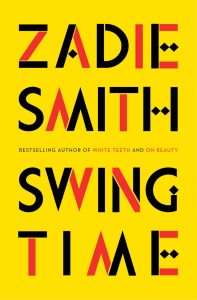 book to keep up from going nuts.
book to keep up from going nuts.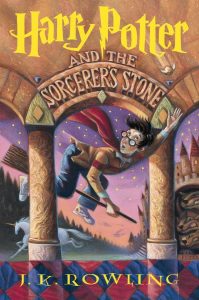 “
“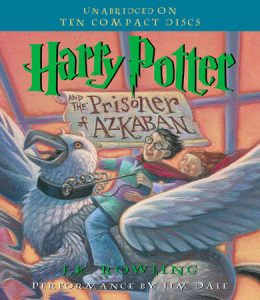
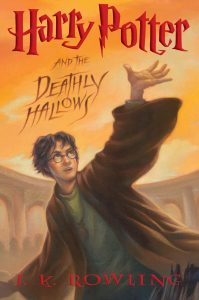 knowing they can binge-read. It’s a world that doesn’t end when you finish the last book.” – Mase Woodland, Librarian, Information Services
knowing they can binge-read. It’s a world that doesn’t end when you finish the last book.” – Mase Woodland, Librarian, Information Services
